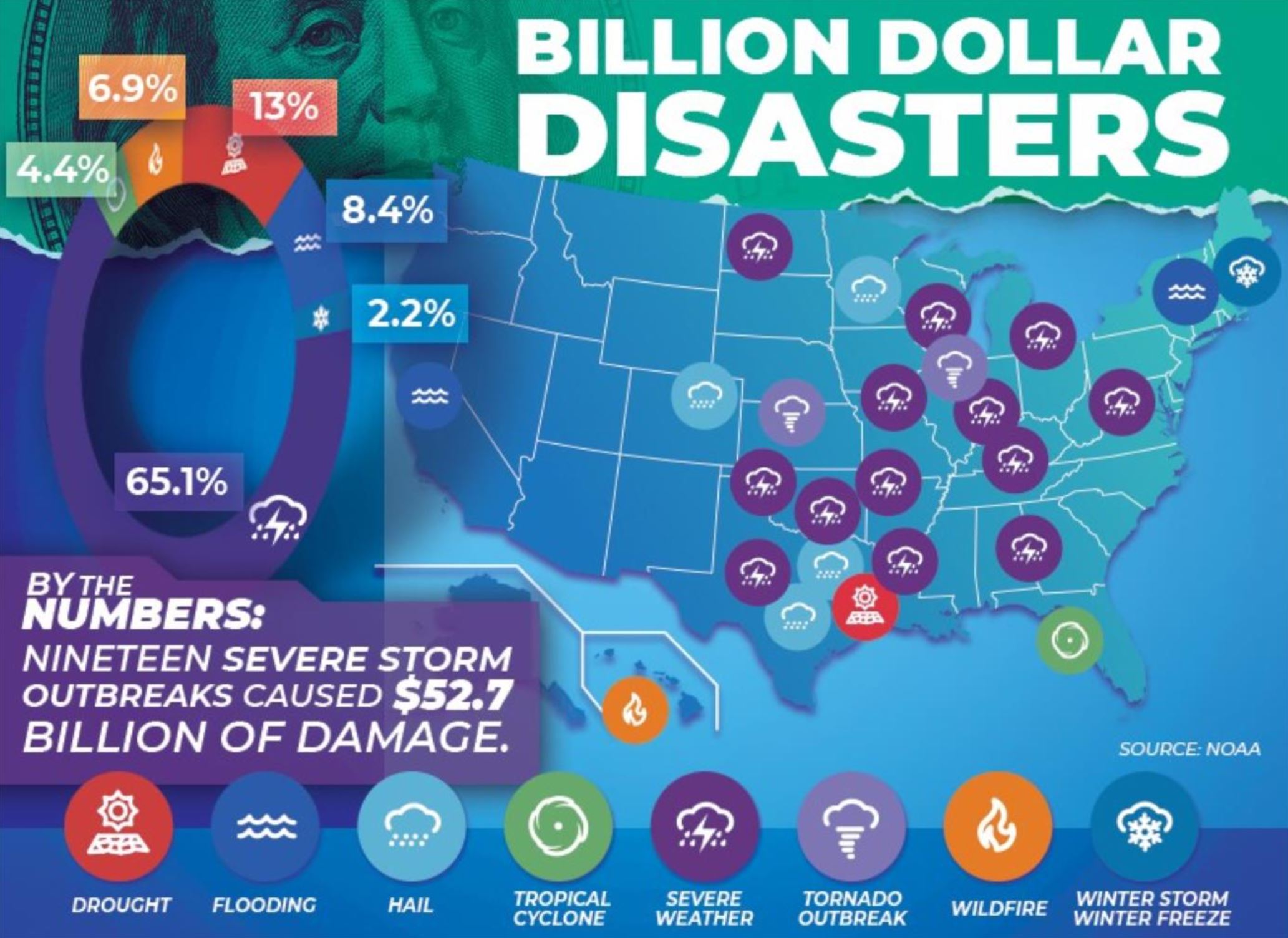People across the country are familiar with hurricanes like Katrina, Andrew and Michael that devastated entire communities. Yet, lesser-known severe storm events also wreak havoc on homes and families. Last year, nineteen severe thunderstorm outbreaks each caused more than a billion dollars in damage across more than 20 states. These events provide a strong reminder of the importance of “resilient construction”– building methods that strengthen homes that include features you likely won’t receive from standard construction and better withstand the impacts of severe weather. As high wind events increasingly impact more communities, homeowners are looking for a way to reduce their risk, and a growing number are turning to FORTIFIED.
FORTIFIED is the solution
The Insurance Institute for Business & Home Safety (IBHS) studies the effects of severe weather, identifying the most vulnerable parts of homes, businesses and multifamily properties. Researchers test solutions to strengthen these areas in the only lab in the world capable of subjecting full-scale buildings to torrential rain, winds of up to 130 mph and hail up to two inches in diameter. Based on decades of this research, IBHS established FORTIFIED, a voluntary construction and re-roofing program that helps property owners reduce their risk of storm damage.
FORTIFIED Works
FORTIFIED experienced its biggest test outside of the IBHS Research Center when Hurricane Sally struck the Alabama coast in September 2020.
- The slow-moving storm unleashed maximum sustained winds of 105 mph, leading to extensive roof damage from southern Alabama to northwestern Florida.
- More than 17,000 homes built or upgraded to FORTIFIED proved resilient to Sally’s devastation. IBHS post-storm analysis found that 95% of those properties had little or no storm-related damage.
A study of Hurricanes Matthew (2016), Florence (2018), Dorian (2019), and Isaias (2020) that hit the North Carolina coast found homeowners with a FORTIFIED Roof were 35% less likely to experience a claim. If the resident with the FORTIFIED Roof did experience a claim, the claim resulted in 22% less damage. Because of these results, states like Alabama, North Carolina, Louisiana, Minnesota, and Kentucky, are embracing and increasing their investments in FORTIFIED through legislation and grant programs. Find incentives available in your state to build stronger for the next storm this season.
Read more of our tips and ideas in the Homeowner Resources section.
Stay In The Know
Do you want to keep up with the latest resiliency research? Would you like timely tips and reminders to keep your home safe from Mother Nature? Are you interested in the science behind the FORTIFIED standard? Then sign up for the FORTIFIED Update, today!

